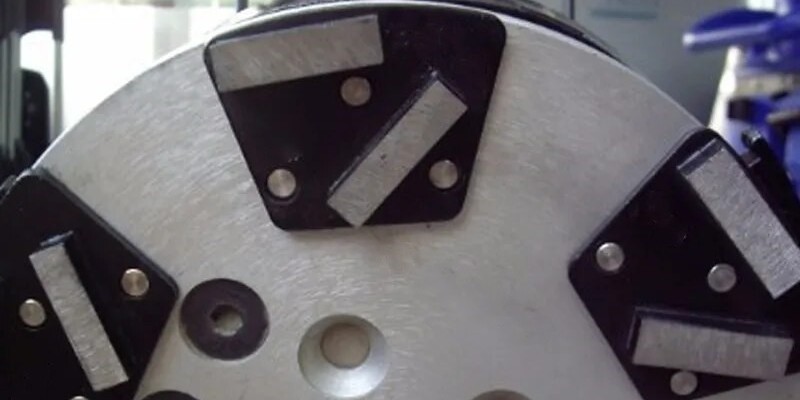In the field of diamond grinding tool development, precision, efficiency, and performance are crucial factors. The ability to simulate and model the behavior of diamond grinding tools has revolutionized the industry, enabling manufacturers to enhance tool designs, optimize grinding processes, and improve overall performance.
Simulation plays a vital role in comprehending the complex interaction between the
diamond grinding tool and the workpiece. By utilizing advanced computer modeling techniques, researchers and manufacturers can simulate and visualize the material removal process, heat distribution, stresses, and forces acting on the tool and workpiece surfaces. This understanding allows for the optimization of parameters such as grit size, concentration, bond type, and wheel geometry, leading to improved tool performance.
Simulation tools enable engineers to virtually design and test different tool configurations and geometries before actual manufacturing takes place. By simulating the tool's behavior under various conditions, such as different workpiece materials, grinding speeds, and feed rates, designers can identify potential issues or limitations and refine the
grinding tool design accordingly. This iterative process helps in creating more efficient and robust diamond grinding tools suited for specific applications.
Simulation techniques facilitate the optimization of grinding processes by analyzing factors such as grinding forces, temperature profiles, and material removal rates. By simulating different process parameters, manufacturers can identify optimal combinations to achieve desired outcomes, such as improving surface finish, reducing grinding time, minimizing tool wear, or enhancing material removal efficiency. This optimization not only increases productivity but also prolongs tool life and maintains consistency in grinding results.

Simulations enable researchers and manufacturers to predict tool performance and evaluate its effectiveness before physical testing. Through virtual tests, they can gather data on grinding forces, heat generation, material removal rates, and other parameters to assess tool behavior and performance metrics. This predictive capability aids in the selection of the most suitable diamond tool for a particular application and helps optimize the grinding process accordingly, saving time and resources.
Simulation offers a cost-effective and time-efficient alternative to traditional trial-and-error-based approaches in tool development. By simulating and optimizing tool designs and grinding processes, manufacturers can reduce the number of physical prototypes and iterations required, resulting in faster development cycles and reduced costs.
Simulation techniques have revolutionized the diamond grinding tool development process, allowing manufacturers to enhance tool designs, optimize grinding processes, and predict tool performance more accurately. As simulation continues to evolve, it will play a pivotal role in advancing the diamond grinding industry, enabling manufacturers to continuously refine and innovate their tools to meet the ever-evolving demands of various applications.
